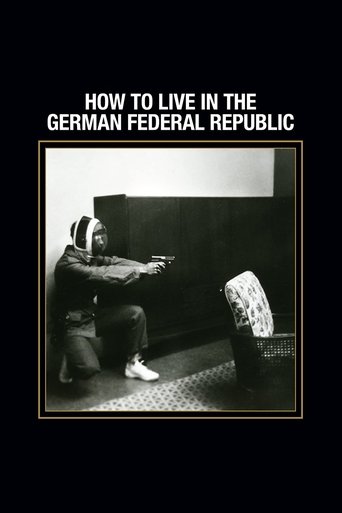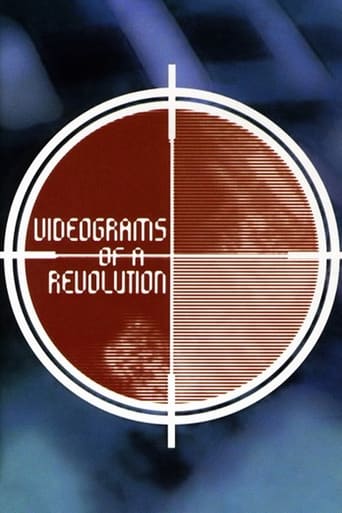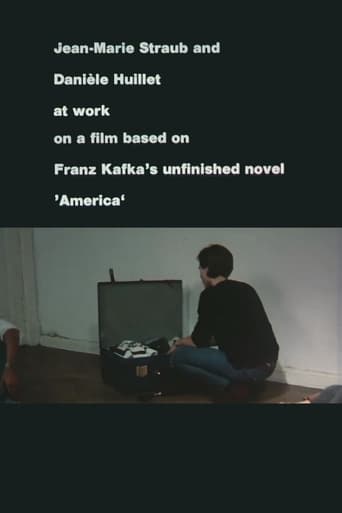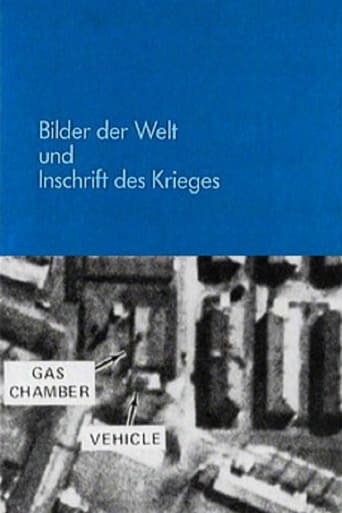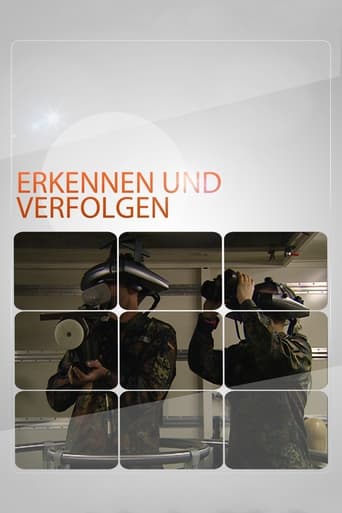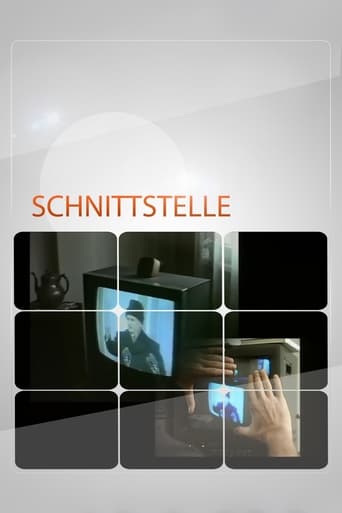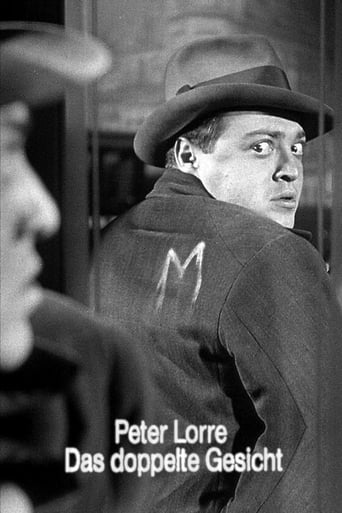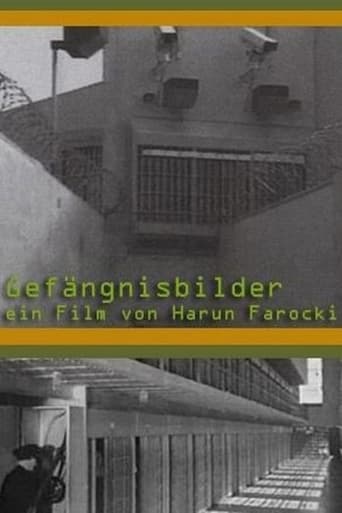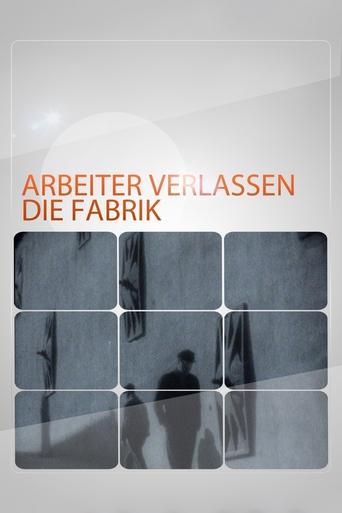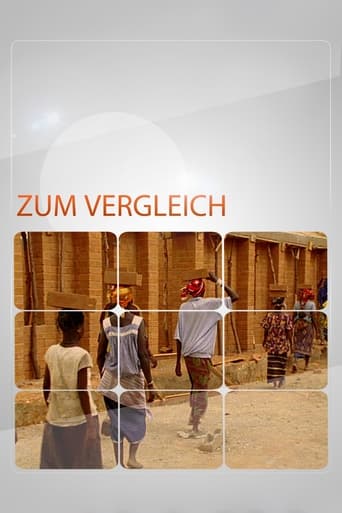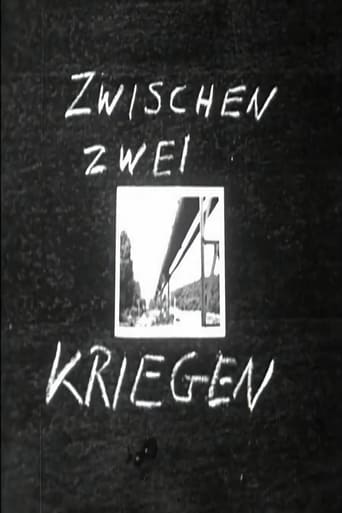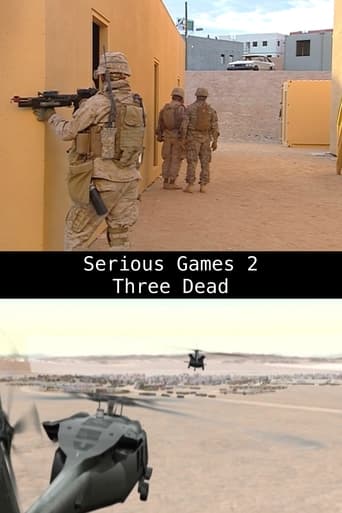How to Live in the German Federal Republic 1990
A series of 32 short scenes, uniformly set in West German instructional and training classes, that show various tasks among the citizenry being done solely as the result of exhaustive preparation - everything from women preparing to give birth, to strippers stripping, to policemen making arrests. Farocki uses the material to savagely dissect the West German mode of life. ~ Nathan Southern, Rovi
